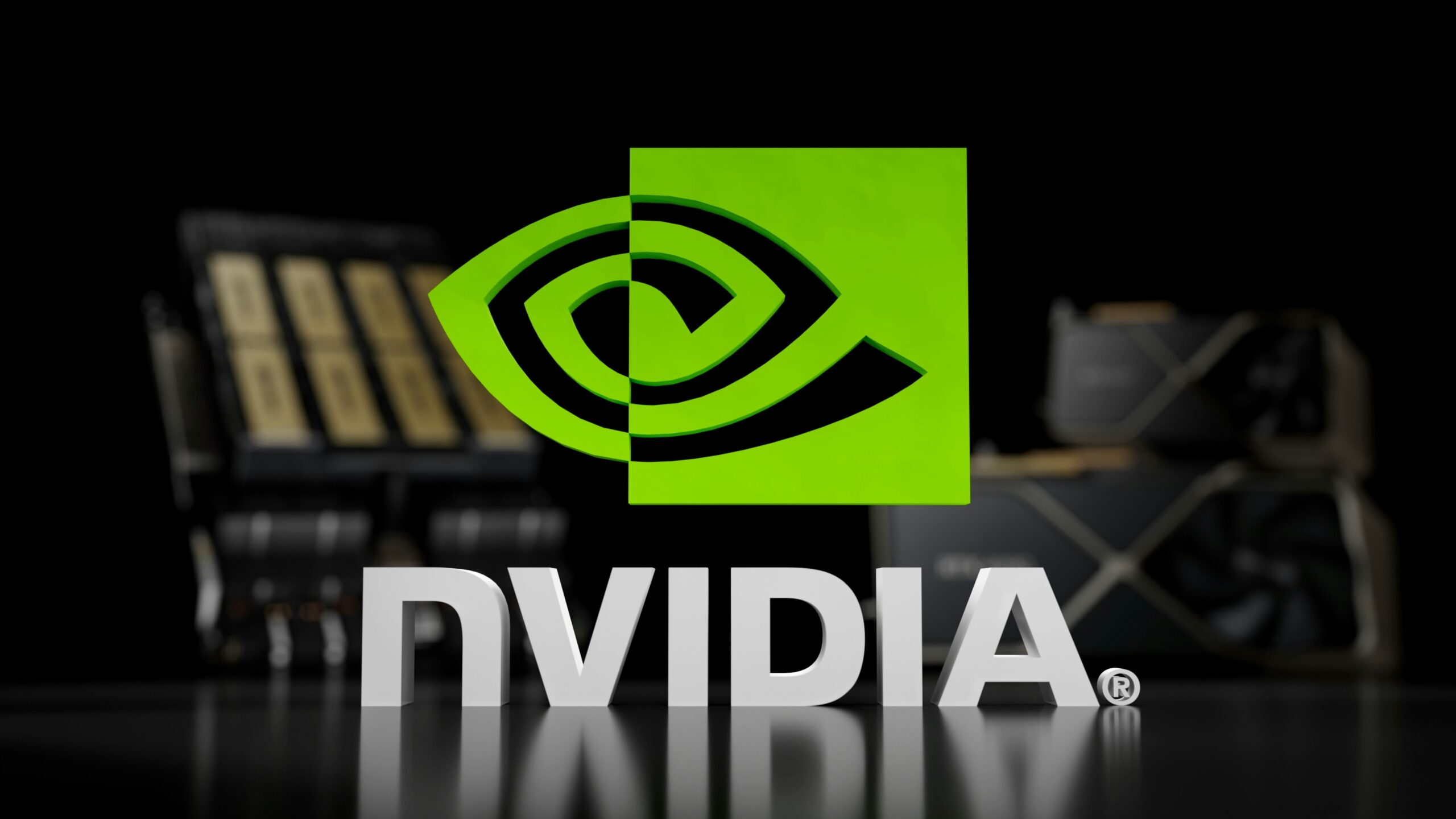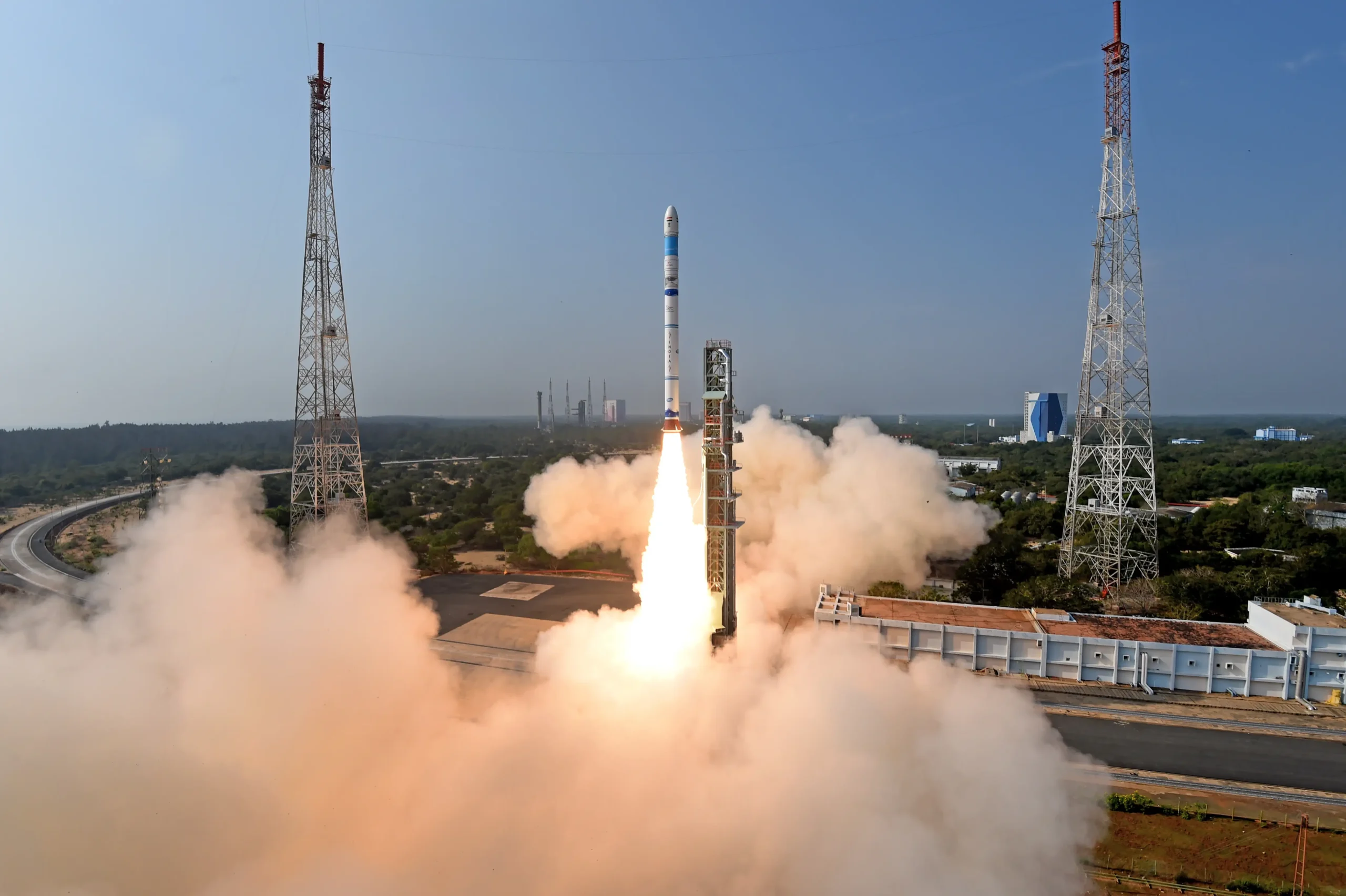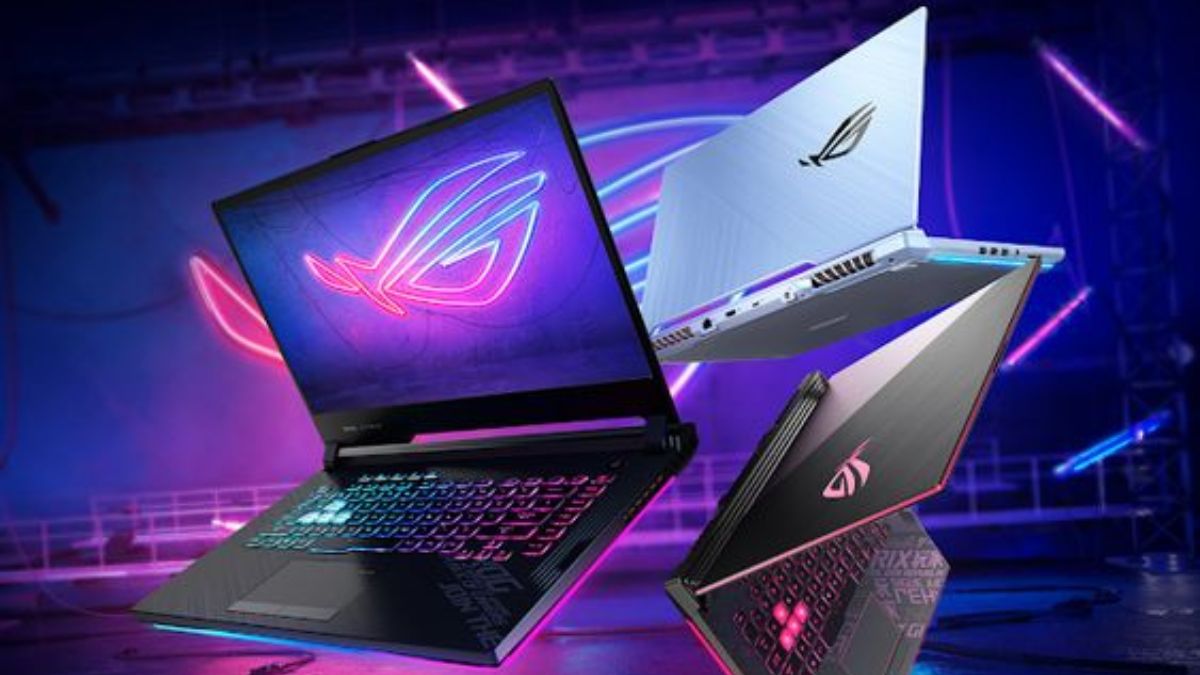
NVIDIA: The New Titan of Tech – How It Became the World’s Most Valuable Company

Recently, NVIDIA Corporation—once mainly recognized for its gaming graphics processing units, or GPUs—achieved a significant milestone. It has overthrown Microsoft to claim the title of most valuable firm in the world. This extraordinary rise is a testament to NVIDIA’s strategic advancements, broad market reach, and changing technological landscape. This piece delves into the process by examining NVIDIA’s market capitalization, critical choices, and potential future developments.
June 18, Reuters With its high-end processors playing a key part in a race to dominate artificial intelligence technology, Nvidia (NVDA.O), opens new tab, overtook computer giant Microsoft (MSFT.O) to become the most valuable business in the world on Tuesday.
In just a few days, the chipmaker’s shares increased 3.5% to $135.58, increasing its market valuation to $3.335 trillion, only a few days after surpassing Apple (AAPL.O), the maker of the iPhone, to take the second spot in terms of valuation.
Microsoft’s shares fell 0.45%, bringing its stock market worth down to $3.317 trillion.
Apple’s market capitalization decreased by more than 1% to $3.286 trillion.
The Rise of NVIDIA
Evolution from Gaming to AI
NVIDIA’s journey to the top started with its dominance in the gaming industry. Founded in 1993 by Jensen Huang, Chris Malachowsky, and Curtis Priem, NVIDIA focused on developing GPUs that revolutionized gaming graphics. However, it wasn’t until the mid-2010s that NVIDIA’s true potential began to unfold.
The company’s strategic pivot towards artificial intelligence (AI) and machine learning positioned it at the forefront of technological innovation. NVIDIA’s GPUs, known for their parallel processing capabilities, proved to be ideal for AI workloads, making them indispensable for data centers, autonomous vehicles, and various AI-driven applications.
The AI Boom
The explosion of AI technologies created a surge in demand for NVIDIA’s products. Companies across industries adopted AI to enhance operations, improve customer experiences, and develop new products. NVIDIA’s GPUs became the backbone of these AI endeavors, providing the computational power needed for deep learning and neural network training.
The introduction of NVIDIA’s CUDA (Compute Unified Device Architecture) programming model further solidified its dominance. CUDA enabled developers to leverage the full potential of NVIDIA GPUs, accelerating the development of AI applications and fostering an ecosystem that perpetuated NVIDIA’s growth.
Strategic Acquisitions and Partnerships
Acquisition of Mellanox
In 2019, NVIDIA acquired Mellanox Technologies for $6.9 billion. Mellanox specialized in high-performance networking technologies, crucial for data center efficiency. This acquisition allowed NVIDIA to integrate networking solutions with its GPU and AI platforms, creating a comprehensive offering for data centers. This move not only enhanced NVIDIA’s product portfolio but also positioned it as a key player in the data center market.
Strategic Partnerships
NVIDIA forged strategic partnerships with major tech companies and institutions. Collaborations with giants like Amazon Web Services (AWS), Microsoft Azure, and Google Cloud Platform integrated NVIDIA’s AI and GPU solutions into their cloud services. These partnerships expanded NVIDIA’s reach, enabling it to tap into the growing demand for cloud-based AI solutions.
Furthermore, NVIDIA’s alliances with automotive manufacturers like Tesla and Toyota facilitated the development of autonomous vehicle technologies. These collaborations ensured that NVIDIA’s AI platforms remained integral to the future of transportation.
Market Leadership and Financial Performance
Record-Breaking Market Capitalization
NVIDIA’s market capitalization has witnessed exponential growth. As of June 2024, NVIDIA’s market cap stands at an astonishing $3.3 trillion, surpassing Microsoft and making it the world’s most valuable company. This achievement is a testament to NVIDIA’s strategic foresight and execution.
Financial Metrics
NVIDIA’s financial performance has been nothing short of stellar. In fiscal year 2023, the company reported a revenue of $27 billion, a significant increase from the previous year. Its net income surged to $10 billion, reflecting robust profitability. The company’s gross margins have consistently improved, driven by high demand for its premium products.
Stock Performance
NVIDIA’s stock price has been on an upward trajectory, rewarding its shareholders handsomely. The stock’s performance is fueled by strong quarterly earnings, positive market sentiment, and the continuous expansion of NVIDIA’s market reach. The company’s commitment to innovation and strategic investments has instilled confidence in investors, further boosting its stock value.
Technological Innovation and Product Diversification
AI and Data Center Dominance
NVIDIA’s leadership in AI and data center solutions is a cornerstone of its success. The company’s A100 Tensor Core GPUs and DGX systems are widely adopted for AI research, training, and inference. NVIDIA’s AI platforms power some of the world’s most advanced AI models, driving breakthroughs in fields like natural language processing, healthcare, and scientific research.
Expansion into New Markets
NVIDIA has successfully diversified its product offerings. The acquisition of Arm Holdings for $40 billion in 2020 was a game-changer. Arm’s CPU designs are integral to mobile devices, IoT, and edge computing. This acquisition expanded NVIDIA’s reach into new markets, enabling it to compete with established players like Intel and AMD in the CPU space.
Omniverse and Metaverse
NVIDIA’s introduction of Omniverse, a platform for collaborative 3D simulation and design, positions it at the forefront of the emerging metaverse. Omniverse allows creators to build virtual worlds and simulations with unparalleled realism, leveraging NVIDIA’s AI and rendering technologies. This venture into the metaverse represents NVIDIA’s forward-thinking approach and its commitment to pioneering new digital frontiers.
Challenges and Future Prospects
Competition and Regulatory Scrutiny
NVIDIA’s rapid ascent has not been without challenges. The company faces fierce competition from other tech giants like AMD, Intel, and emerging AI startups. Additionally, regulatory scrutiny, particularly concerning its acquisitions, poses potential hurdles. The Arm acquisition, for instance, has faced regulatory challenges in various jurisdictions, highlighting the complexities of large-scale tech mergers.
Innovation and Sustainability
Looking ahead, NVIDIA’s success hinges on its ability to sustain innovation. The company must continue to invest in research and development to maintain its technological edge. Furthermore, NVIDIA’s commitment to sustainability and ethical AI practices will play a crucial role in shaping its future. As the world grapples with the ethical implications of AI, NVIDIA’s leadership in responsible AI development could enhance its reputation and market position.





